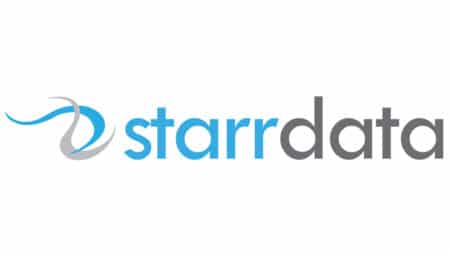As you continue to use Salesforce, you will eventually have Salesforce Contact records that end up leaving an Account. Perhaps they have resigned, retired, or they were hired at another company. What happens if they are now working at another Account you already have entered in your Salesforce environment? How do you track them? What do you do?
Unfortunately, Salesforce does not have a built-in out-of-box process for this use case. In order to maintain data cleanliness and integrity, users and administrators need to come up with their own agreed-upon methods and processes to track when a Salesforce Contact leaves an Account.
In the paragraphs below, we will share some of the most commonly used methods of dealing with Contact records that have left an Account, and the consequences of using each. There is no single best practice for this situation, so you should always select a solution that best meets your business needs and practices.
Use a Checkbox – this is our company favorite!
- Create a Salesforce checkbox field called “No Longer With Company” and place it on the Contact Page Layout right under the Name field. Your users will easily see the field, you can add it to reports or list view criteria, and it is easy to spot in related lists or list views when added as a column. Alternatively, if Multi-Contact Relationship Management is enabled, the checkbox can be placed on this object in lieu of the Contact. This will allow the existing Contact to be additionally associated to a new Account while maintaining the historical Contact/Account relationships
- If your Salesforce edition permits access to create Workflow rules, you can set up a Field Update populating the “Do Not Call” field or “Email Opt-Out” field when your custom “No Longer With Company” field is checked. This Workflow rule could also clear out data such as phone and email fields, if you like, so that no erroneous communications are sent to the individual.
- If the individual you are working with does end up being employed at another existing Account record in your Salesforce instance, when leveraging a checkbox, you are better off creating a new Contact record under the new Account instead of reassigning the original Contact. Remember, when you reassign a Salesforce Contact to a new Account, all related records such as emails, tasks, etc. follow the Contact to the new Account instead of remaining with the old. Alternatively, if Multi-Contact Relationship Management has been enabled, the individual Contact can be related to multiple accounts, which creates an environment where a second Contact record does not need to be created.
Edit the Name
- We see this solution a lot. You can instruct your users to edit the First Name or Last Name fields on the Contact record append “Left Company” or some similar verbiage. This is an easy, no-configuration-required approach to the issue, and allows your users to quickly see if the Contact is active with the Account.
- If you end up choosing the “Edit the Name” solution, you’ll want to be careful as these Contact records are still technically active contacts in Salesforce. If you haven’t updated “Do Not Call” or “Email Opt-Out” manually, you can run the risk of including these Contacts in mass emails or reports.
- Even if you include filters to remove Contacts that contain “Left Company” in your reports or lists, you’ll want to still be cautious as name fields are text fields and typos can happen, possibly resulting in an accidental error.
Assign Contacts to Holding Account like “Orphaned Contacts”
- We see this option used as well – when the Contact leaves the company, you instruct your users to change the Account association from the Contact to “Orphaned Contacts” until you’re able to determine the new organization/account they work for. If the contact does indeed end up working at another Account in your instance, you can reassign the record to the new Account where they are working.
- This solution seems like a simple approach as well, but depending on your business and data management needs, this can be one of the worst things you can do to your database.
- As previously mentioned, when associating a Contact to an Account, all records and activity associated to the Contact like emails, tasks, events, etc. transfer as well. Generally, you want to keep these associated records with the Account where they were generated. Moving them can confuse your users when they look up historical information.
Whichever solution you choose, be sure to test for likely scenarios before deploying so you do not end up building yourself into a corner or worse, moving data that should not be moved.
Looking for more ways you can optimize Salesforce? Check out our Salesforce Quick Optimization service.


